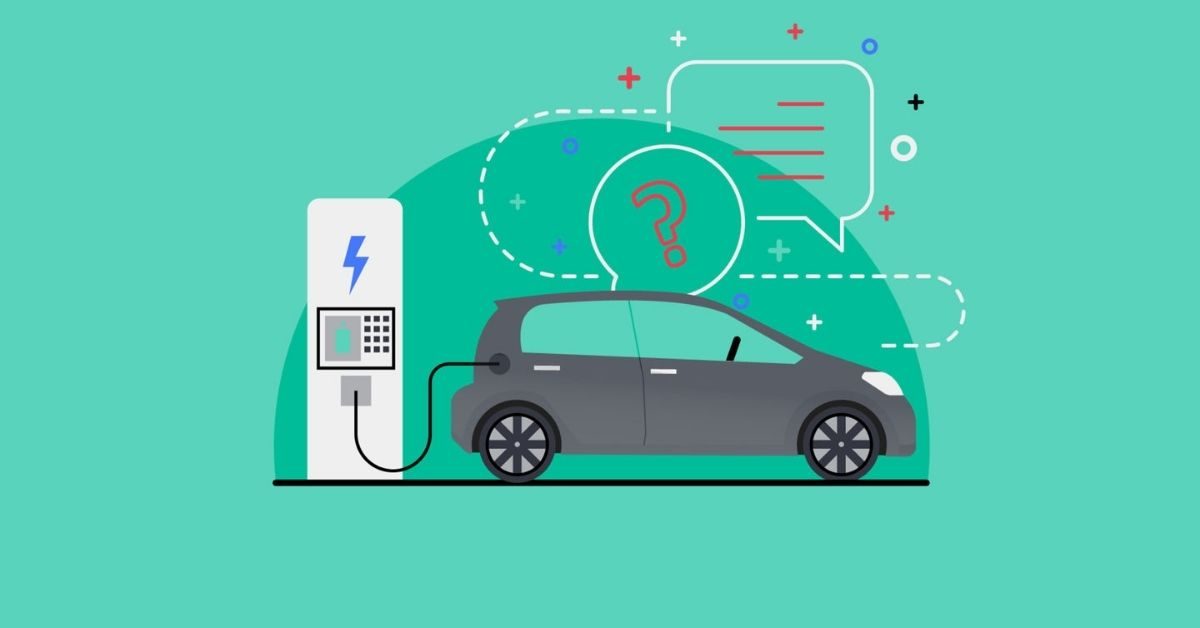In 2016, BigBasket became one of the first companies in India to introduce electric vehicles (EVs) for last-mile deliveries. By going electric, the online supermarket successfully saved costs while being kind to the environment, and three years later, it added 1,000 more e-vans and 2,000 e-bikes to its fleet.
BigBasket is not alone. Interest in EVs and their use for logistical operations and last-mile delivery is on the rise across the country. In the last two years, some of the biggest e-commerce players in the domestic market—including Amazon, Flipkart and BigBasket—have committed themselves to electrifying at least a part of their delivery fleets. Recently, NITI Aayog and close to 30 companies, including several e-commerce and logistics firms, launched their Shoonya campaign that calls for accelerated electrification of last-mile delivery, underlining a significant shift in the way both the government and private companies view EVs.
This shift could be the result of rapid digital adoption across India during the covid pandemic, which put immense pressure on last-mile logistics. A McKinsey analysis anticipates that as more netizens order online and demand faster deliveries, the volume of packages could grow at a 30% compound annual growth rate, requiring between 1 million and 1.5 million two-wheelers (most commonly used in Indian last-mile fleets) for delivery, by 2025. Companies seem to be realizing that electrifying these vehicles could not only help reduce harmful emissions, but also improve their bottom line by curbing costs.
Our analysis indicates that if e-commerce, hyperlocal and logistics players were to electrify 100% of their two-wheeler fleets by 2025, they could cut total last-mile costs by about 15% annually and last-mile fuel and maintenance costs by at least 50%, which would translate to savings of close to $1 billion as well as a 1.5-million-tonne reduction in carbon dioxide emissions each year.
To be sure, complete electrification is a tall order that requires complete commitment from a variety of stakeholders, but McKinsey data paints an accurate picture of the kind of savings these industries could achieve even by taking smaller steps in adopting EVs.
Systemic shifts will make EV adoption smoother: While several companies in the country’s e-commerce sector have announced plans to adopt EVs for their delivery fleets, the idea is yet to take off on a larger scale. This could be explained by a number of structural issues, including financing limitations, lack of awareness and the limited availability of EV models right now. Insurers, too, lack sufficient data to accurately price risk while providing cover for these vehicles.
The good news though is that the ecosystem is changing, offering business-to-customer (B2C) e-commerce and logistics players a clearly substantive value proposition to go electric. The rise of mobility platforms gives companies an option to lease vehicles instead of purchasing them. Mobility player Zypp Electric and original equipment manufacturer (OEM) Euler Motors are leasing out electric two-wheelers to several big-ticket clients, while the electric three-wheeler maker ETO has formed partnerships with Amazon and BigBasket.
Slowly but surely, the choice of manufacturers and last-mile-ready models is also increasing. Ola launched its first electric scooter in August and many brands are coming up with newer models with features such as higher top speeds, longer ranges and better tech packages that are ideal for last-mile delivery fleets. For instance, charging these latest two-wheeler models overnight or during downtime is sufficient to cover distances close to 70-80km, thereby alleviating the fear of their charge running out mid-delivery.
The Union government is also promising better incentives to spur demand and supply in this space. FAME-II incentives have been increased from ₹10,000 per kWh to ₹15,000 per kWh, which will encourage greater adoption of high-speed EVs—often preferred for last-mile fleets on account of their performance. Furthermore, under the Centre’s Production Linked Incentive (PLI) scheme for the automotive sector, a fungible amount of about ₹26,000 crore over 5 years has been earmarked for OEMs and component manufacturers of two, three and four-wheeler EVs and hydrogen fuel-cell vehicles. While the incentive amounts are contingent on beneficiary manufacturers meeting certain criteria, like sales value within a calendar year and exports, the initiative could be instrumental in spurring EV production in the country.
While the road ahead is not easy, the above-mentioned shifts could enable EVs to potentially disrupt last-mile delivery in India. Such a paradigm shift in this booming market might help India inch closer to broader electrification of automobiles, especially two-wheelers, and usher in a mobility revolution.
Source : Business Journal







